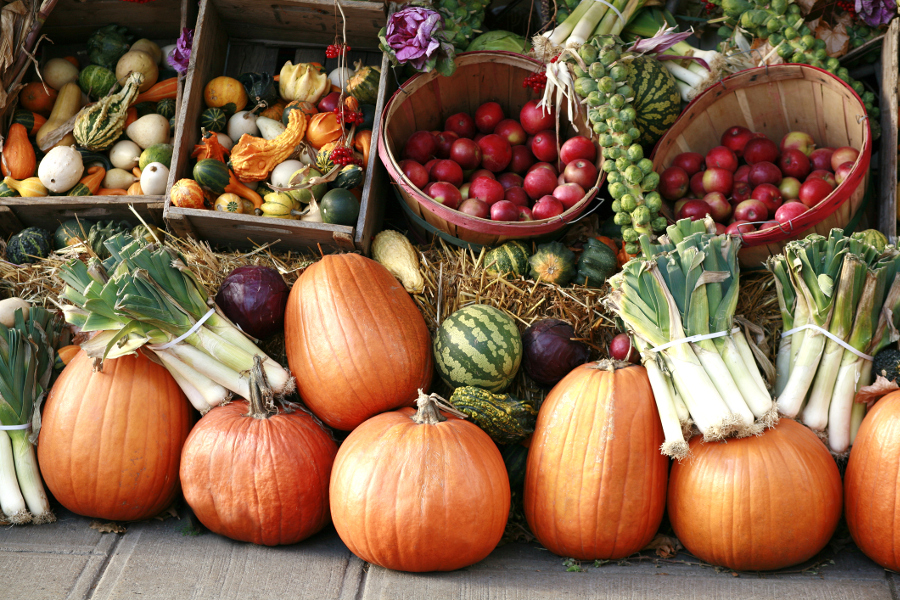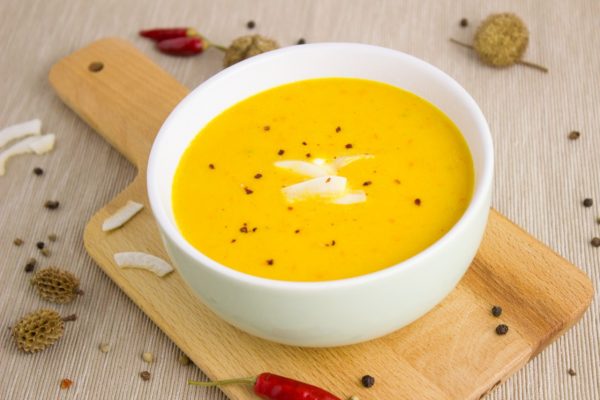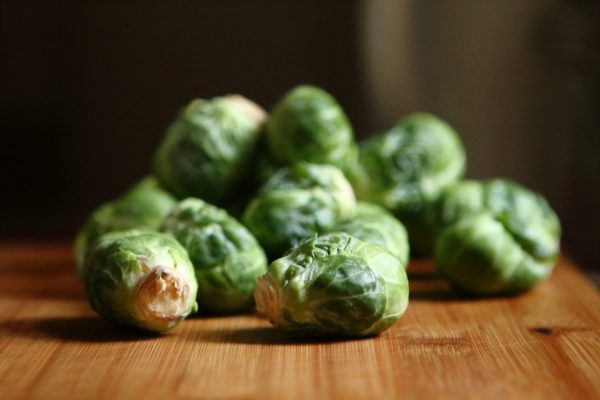Mihm Recognized for Fostering ‘Excellence in Public Service for the Next Generation’
Chris Mihm, adjunct professor of public administration and international affairs in the Maxwell School of Citizenship and Public Affairs, has received the 2025 Arnold Steigman Excellence in Teaching Award from the New York State Academy for Public Administration (SAPA). The…


 Did you know New York is one of the top agricultural states in the nation? It is! About 20 percent of the state’s land area—more than seven million acres—is farmland, with some 36,000 crop and dairy farms. New York is the second-largest producer of apples, snap beans and maple syrup; third in cabbage, grapes and dairy; and fourth in pears. Overall, agriculture in our state is a $42 billion industry.
Did you know New York is one of the top agricultural states in the nation? It is! About 20 percent of the state’s land area—more than seven million acres—is farmland, with some 36,000 crop and dairy farms. New York is the second-largest producer of apples, snap beans and maple syrup; third in cabbage, grapes and dairy; and fourth in pears. Overall, agriculture in our state is a $42 billion industry.
 Butternut Squash Soup
Butternut Squash Soup Roasted Brussels Sprouts
Roasted Brussels Sprouts